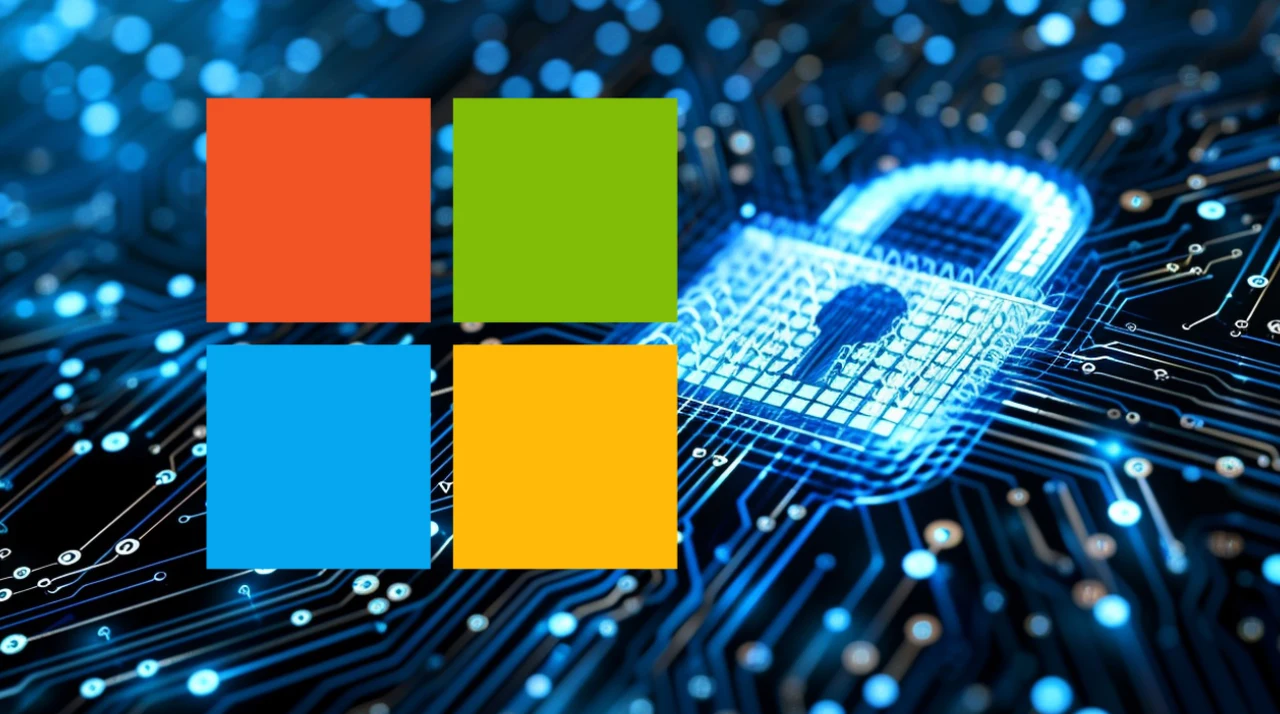A severe security flaw, CVE-2024-3078, has been discovered in the Windows Wi-Fi driver. This vulnerability allows remote code execution at the kernel level without needing user interaction or authentication. The exploit requires the attacker to be within Wi-Fi range of the target device. Microsoft has withheld detailed information to prevent widespread exploitation. Updating your system is crucial to mitigate this risk.
Windows Wi-Fi Driver Vulnerability
CVE-2024-3078 is a critical issue in the Windows Wi-Fi driver, allowing remote code execution at the kernel level. This poses a significant threat to system security. The attack does not require user interaction or authentication, making it particularly dangerous. The attacker must be within Wi-Fi range of the target device to exploit this vulnerability.
The vulnerability stems from how the Wi-Fi driver processes management frames. These frames are handled without authentication, leading to potential memory corruption in the driver code. The attack is low in complexity and highly repeatable, raising serious concerns for cybersecurity professionals.
Security Implications and Mitigation
This vulnerability is classified as “wormable,” meaning it can spread between devices without user intervention. If exploited, it could lead to complete system compromise, allowing attackers to gain full control over the affected device. The potential for widespread damage underscores the importance of addressing this vulnerability promptly.
To mitigate the risk, update your Windows systems to the latest version. Regular software updates are crucial for maintaining security and protecting against newly discovered vulnerabilities. Ensuring your system is up-to-date is the first line of defense against such threats.
- Update your Windows systems to the latest version as soon as possible
- Regularly check for and install software updates to maintain security
- Be cautious when connecting to public Wi-Fi networks
- Use HTTPS encryption to secure your communications whenever possible
Here are some other articles you may find of interest on the subject of Microsoft Windows :
Context, Background, and Responsible Disclosure
The vulnerability was discovered by Klan Lab, a cybersecurity research group. Microsoft has chosen to withhold detailed information about the vulnerability to prevent its exploitation. This decision aligns with best practices in responsible disclosure, balancing the need to inform users with the risk of allowing attackers.
Microsoft’s decision to withhold detailed information is a standard practice in cybersecurity. By not disclosing specifics, they reduce the risk of attackers exploiting the vulnerability before users have a chance to update their systems. However, once a patch is released, attackers may use “patch diffing” to identify the vulnerability. This technique involves comparing the updated and previous versions of the software to pinpoint the changes and potentially reverse-engineer the exploit.
User Guidance and Conclusion
To protect against this vulnerability, ensure your system is updated with the latest patches. Regularly updating your software is a fundamental aspect of cybersecurity hygiene. Additionally, be cautious when connecting to public Wi-Fi networks and consider using HTTPS encryption to secure your communications.
The CVE-2024-3078 vulnerability in the Windows Wi-Fi driver is a critical security issue that requires immediate attention. By updating your systems and following best practices in cybersecurity hygiene, you can mitigate the risk and protect your devices from potential exploitation. Stay informed about the latest security threats and take proactive measures to safeguard your digital assets.
Video Credit: Source
Filed Under: Technology News
Latest TechMehow Deals
Disclosure: Some of our articles include affiliate links. If you buy something through one of these links, TechMehow may earn an affiliate commission. Learn about our Disclosure Policy.
